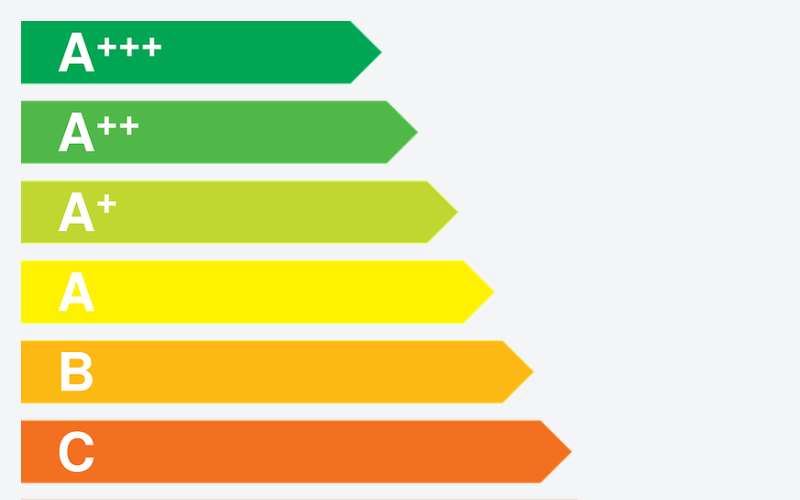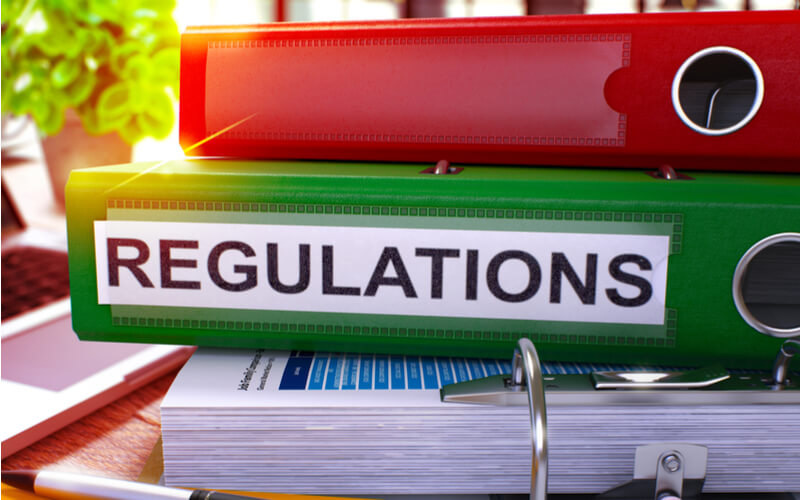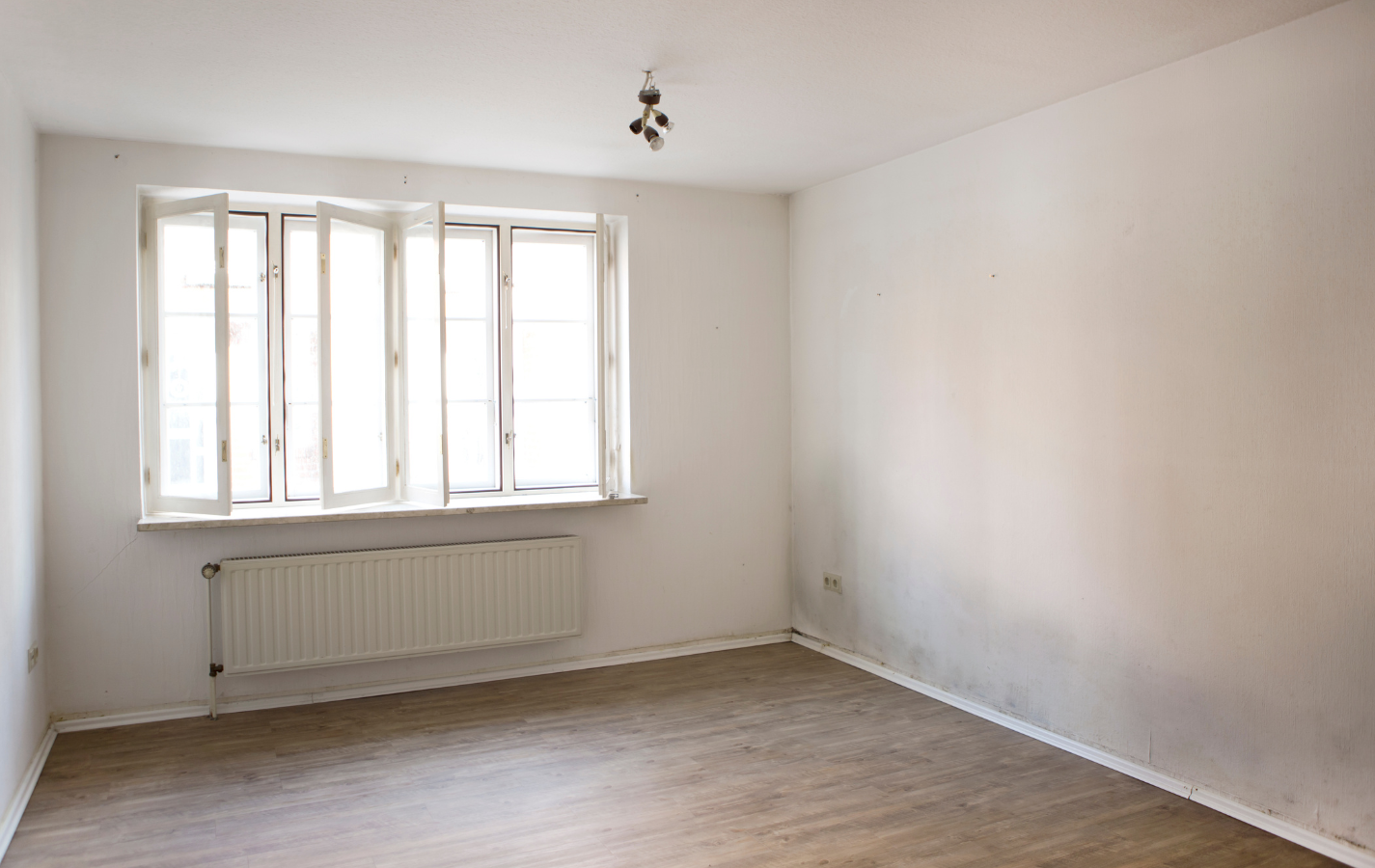Fitness for Human Habitation Act 2018: Q&A briefing May 2019
An amendment to the Landlord and Tenant Act 1985 that requires all landlords (private and social) to ensure that their properties, including any common parts of the building, are fit for human habitation at the beginning of the tenancy and throughout.

Fitness for Human Habitation Act 2018 – Q&A briefing
Q. What is the Fitness for Human Habitation Act 2018?
A. It is an amendment to the Landlord and Tenant Act 1985 that requires all landlords (private and social) to ensure that their properties, including any common parts of the building, are fit for human habitation at the beginning of the tenancy and throughout.
It strengthens tenants’ means of redress against landlords who do not fulfil their legal obligations to keep their properties safe.
Q. Does the Act apply to social landlords?
A. Yes, the Act applies to all landlords (private and social).
Q. In which countries does the Act apply?
A. The Act only applies in England.
Q. Does the Act apply to all tenancies?
A. The Act applies to:
- Tenancies shorter than 7 years granted on or after 20 March 2019 (tenancies longer than 7 years that can be terminated by the landlord before the expiry of 7 years shall be treated as if the tenancy was for less than 7 years)
- New secure, assured and introductory tenancies (on or after 20 March 2019)
- Tenancies renewed for a fixed term (on or after 20 March 2019).
From 20 March 2020 the Act will apply to all periodic tenancies. This is all tenancies that started before 20 March 2019; in this instance landlords will have 12 months from the commencement date of the Act before the requirement comes into force.
Q. When does the Act come into force?
A. The Act came into force on 20 March 2019, having received Royal Assent 20 December 2018.
Q. Are there new requirements for social landlords?
A. No. There are no new obligations for landlords under this Act; the legislation requires landlords ensure they are meeting their existing responsibilities with regards to property standards and safety i.e are fit for human habitation at the beginning of the tenancy and throughout. This includes any common parts of the building. The Act states that there is an implied agreement between the tenant and landlord at the beginning of the tenancy that the property will be fit for human habitation.
Q. How might the Act affect social landlords?
A. This Act provides an additional means for tenants to seek redress by giving them the power to hold their landlord to account without having to rely on their local authority to do so.
Tenants will be empowered to take action against their landlord where they fail to adequately maintain their property. Where a landlord fails to do so, the tenant has the right to take action in the courts for breach of contract on the grounds that the property is unfit for human habitation. The remedies available to the tenant are an order by the court requiring the landlord to take action to reduce or remove the hazard, and / or damages to compensate them for having to live in a property which was not fit for human habitation.
The Regulator for Social Housing is likely to scrutinise any social landlords against whom tenants are taking action to assess whether they have been maintaining their homes in accordance with its Home Standard [see criteria below]. Following the Grenfell tragedy and the Hackitt Review’s recommendations, landlords will be expected to take tenants’ concerns seriously.
Q. What are the criteria for fitness for human habitation?
A. The courts will decide whether a property is fit for human habitation by considering the matters set out in section 10 of the Landlord and Tenant Act 1985. These are whether:
- The building has been neglected and is in a bad condition
- The building is unstable
- There is a serious problem with damp
- It has an unsafe layout
- There is not enough natural light
- There is not enough ventilation
- There is a problem with the supply of hot and cold water
- There are problems with the drainage or the lavatories
- It is difficult to prepare and cook food or wash up
- or whether any of the 29 hazards set out in the Housing Health and Safety (England) Regulations 2005 are present.
It is for the courts to decide whether the dwelling is fit for human habitation. A Housing Health and Safety Rating System (HHSRS) assessment is not necessary.
Q. What should landlords be doing?
A. Social landlords should continue to ensure their properties are let and maintained in compliance with the Home Standard. Landlords of social housing should also have regard to the Decent Homes Standard and some may choose to carry out a HHSRS assessment if a tenant is concerned about their home and the landlord wants to establish whether a serious health and safety hazard is present.
Q. Where can landlords find more information?
A. The Government has published Guidance on the 2018 Act.


